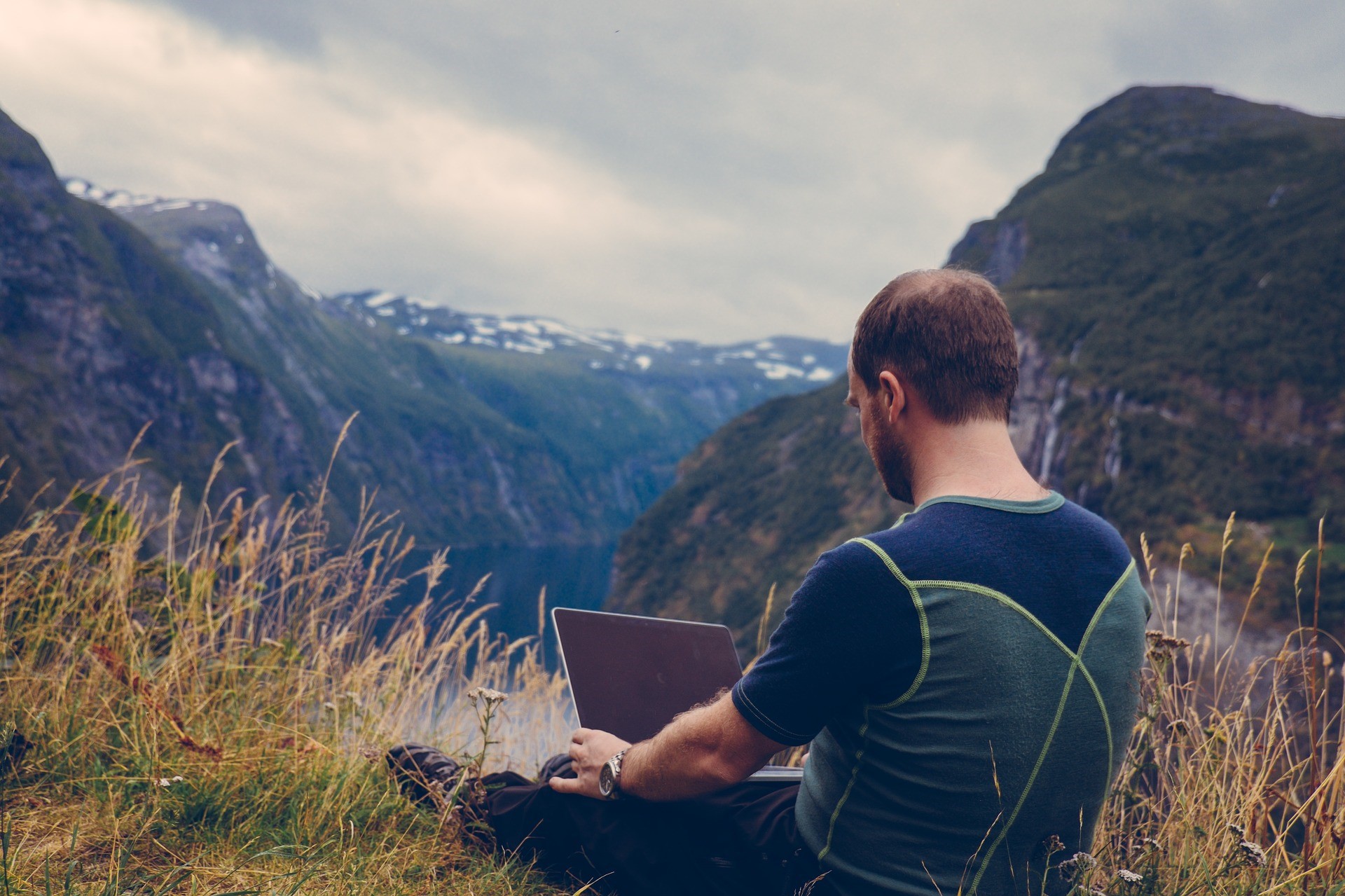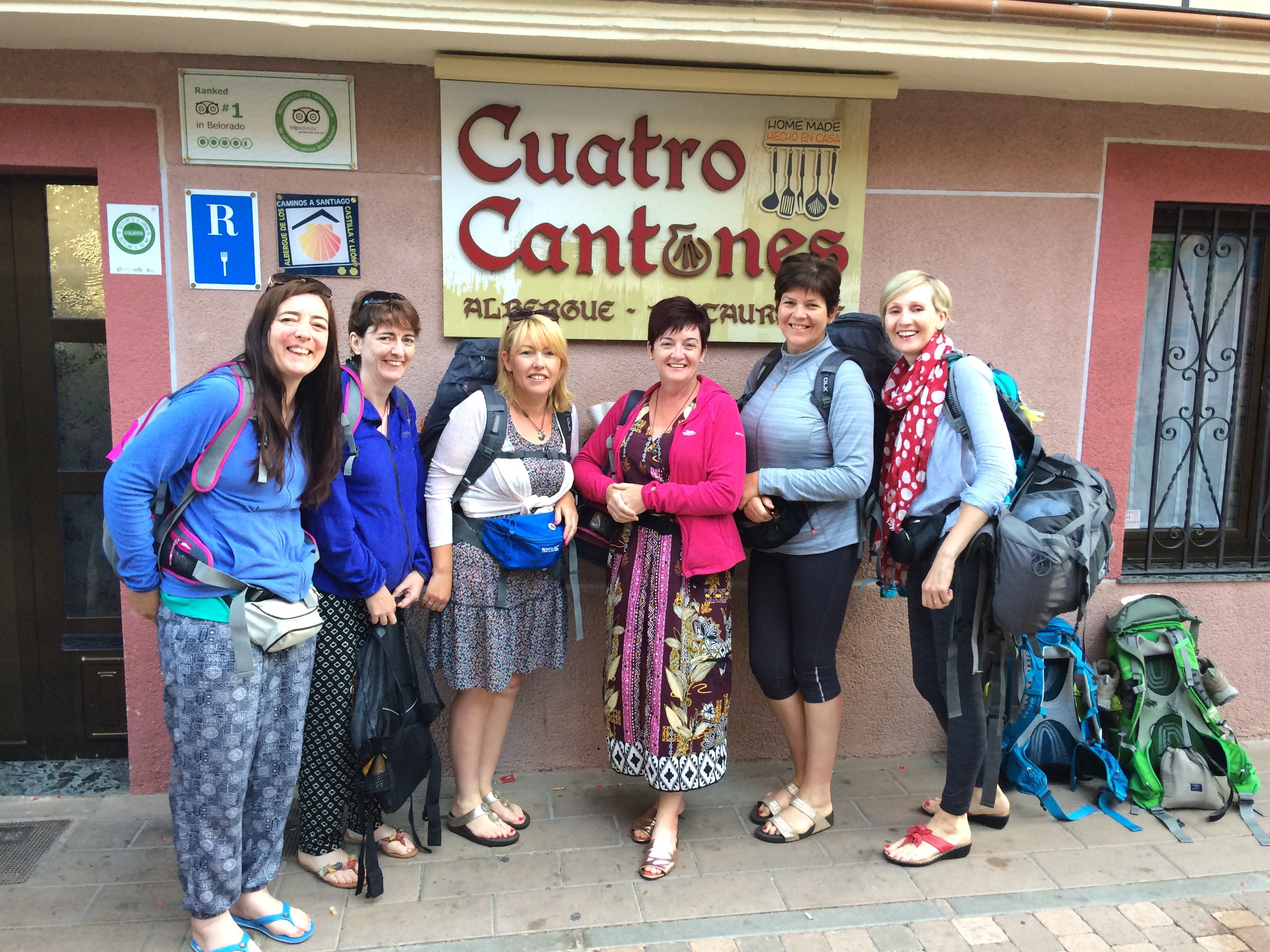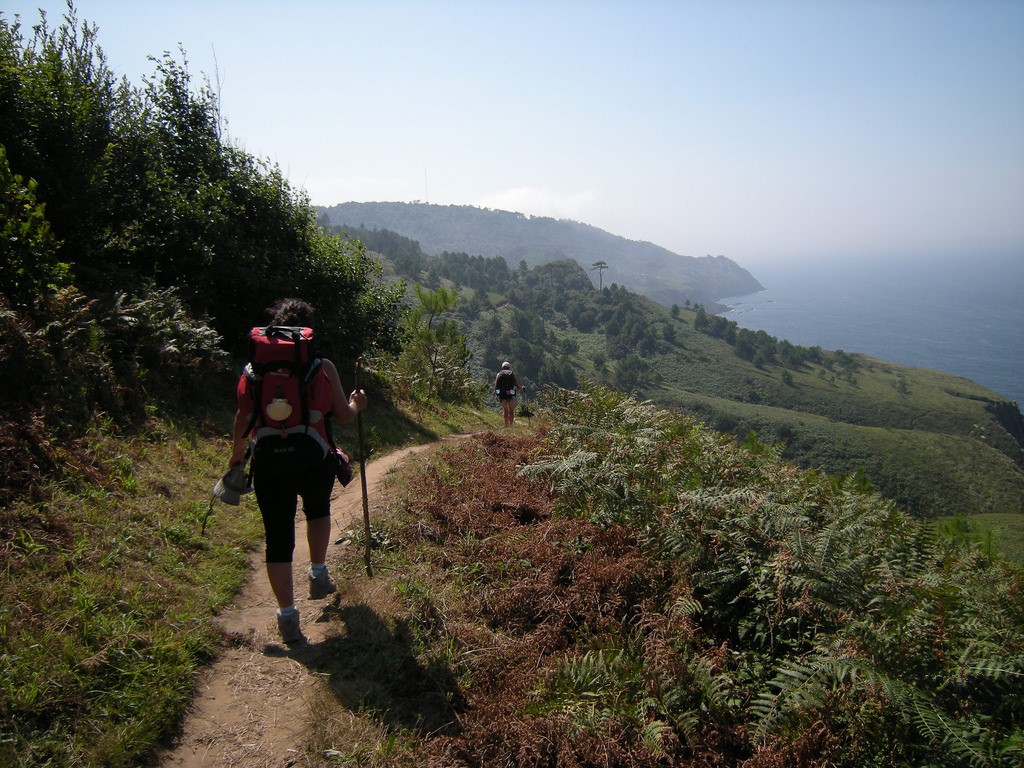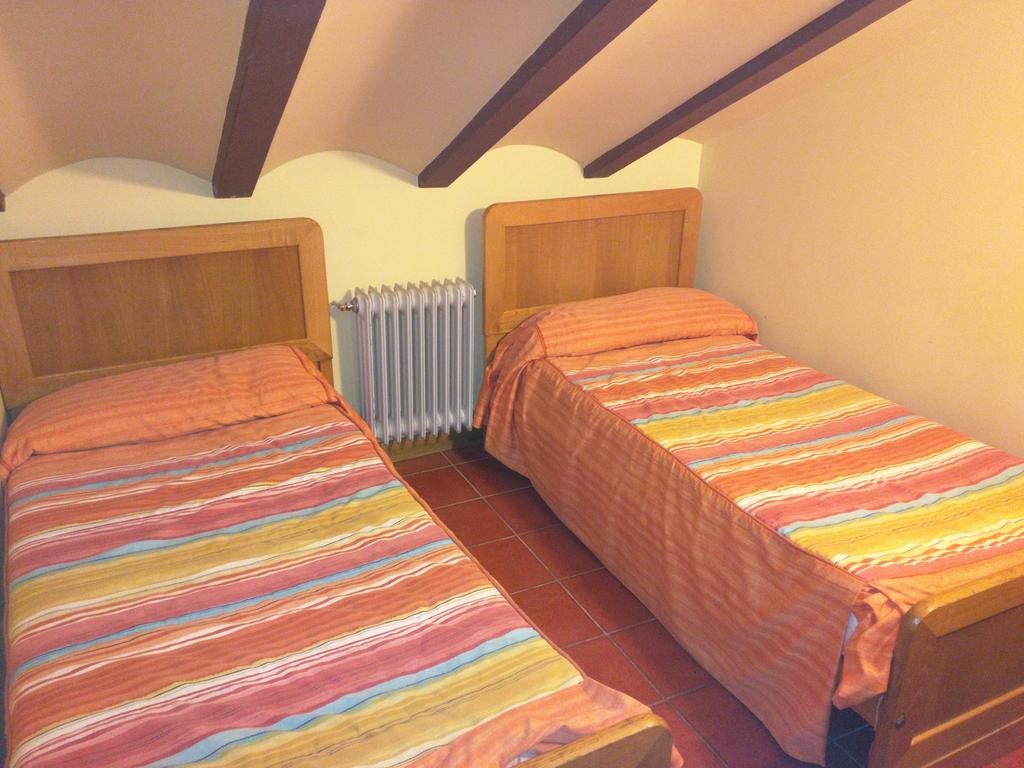Table of Contents

The life of a digital nomad isn’t always an easy one. While people who’ve never traveled and worked simultaneously might say that all nomads are rich and glamorous, in truth there is only one common denominator – they are all highly organized. It’s the one thing you need to make it work, the only real way to be successful at what you’re doing.
The same holds true wherever the nomad finds themselves, and it’s especially true on an adventure such as the Camino de Santiago. The famed pilgrim’s path is one of the most challenging experiences you can have, but it can also be extremely fulfilling. Are you afraid to take the plunge and finally walk the long trail? Then let us offer some tips and suggestions that will help you pull it off and make it memorable.
The Camino is a great choice

If you’re a digital nomad, then you probably understand the importance of a challenge and you long to live a fulfilled life where you aren’t stuck in an office all day. The Camino de Santiago is one big adventure, yes, but it’s also something spiritual, something transformative, it’s an experience that will push you to do more. You’ll learn everything about self-sufficiency and time management if you haven’t already, and you’ll also awaken your creativity. If you’re stuck in a rut, this is one of the more effective ways to get out of it.
Walk the right trail
From the wildly popular Camino Francés to the quieter Via de la Plata from Ourense, there are numerous ways that you can pick, and your choice will depend mostly on what you want from your experience, and how much time you’ve got. If you want a lot of company and a chance to meet new people, then the French Way or the Portuguese Way is your best bet, but if you want something shorter you can start at Ponferrada or Sarria. You can easily modify you’re itinerary and make your trip as long or as short as you want it to be, so start in a town you really want to see and experience.
Pack smartly

The Camino requires at least a 30L-40L backpack, especially if you’re bringing your laptop with you. We recommend putting it in a snug, shock-resistant case before sliding it into your backpack, and making sure it’s wrapped up in your clothes to further protect it from damage. The Camino is a walking trip, so it’s essential to keep your backpack as light as possible and to pack very minimally. Besides two changes of clothes, invest in a pair of extremely good sneakers or walking boots, and pack a lot of sunscreen with you. Bring an external battery, a charger, a hard drive, and a USB stick, and make sure to keep all your equipment in sight at all times. A belt bag will come in handy to carry your phone, money, and documents. For a well-rounded list of other things you’ll need, you can look here.
Related:
Where to stay

Most people stay in hostels meant specifically for pilgrims called ‘albergues.’ These are usually a little crowded and might not offer enough quiet if you need solitude to work, but bigger towns offer a lot more accommodation options. You can book a hotel room, or if you want to stay within the budget you can stay in one of the guest houses called ‘pensiones.’ They are family-run businesses and while you might not get a very luxurious room, you’ll be alone in it and have your own bathroom there as well. Bear in mind that walking the Camino often means passing both big cities and tiny villages, so you might have vastly different accommodations each night, depending on where you find yourself.
Where to find internet
A lot of albergues offer either Wi-Fi or have a single computer that is connected to the internet and that you have to pay to use. It’s not advised that you rely on this if your job depends on you being able to upload things every day, so bring your own hotspot device. If you’re in a pinch you can always tether from your phone, and you can also look around to see if there are any coffee shops or bars around you. These usually have free Wi-Fi and you can go in for a nice refreshing beverage while you finish your work.
Plan your days in advance
A well-defined itinerary is very important if you have deadlines that you need to meet. If you have something important to finish, plan your trip in a way that will let you stay in a nicer hotel for a day or two longer until you’re done with work. There’ll be less stress that way, and you can rest your weary feet. Bear in mind that you will probably be walking from early morning to late in the afternoon, so use your evenings to get your work done, and do a little bit each day. Staying productive could be a challenge if you are tired from walking, so do take a little time to rest and maybe have a 10-minute power nap before you settle down with your laptop.
Use the fact you’re on the Camino
Take photographs, write, or publish social media posts about your journey. Make it a part of your work if you can, and that way you’ll be more inspired to get your work done and create some good memories at the same time. This trip can be beneficial both for your mind and your job, so make use of it if at all possible.
The Camino is challenging, but it’s also fun. For a digital nomad who craves that kind of adventure, this is definitely bound to deliver. As long as you do your research and prepare well in advance, you won’t have any trouble completing the journey and staying on top of your schedule.
Author
Rebecca is a translator by day and a traveler mostly at night. She is an expert on living with jet lag – and packing in tiny suitcases. You can read more of her exploits at RoughDraft.



